The FIA‘s Single-Seater Director Nikolas Tombazis has said Formula 1‘s upcoming regulation changes are not designed to “overburden” drivers.
2026 will see some of the most radical technical regulation changes in F1’s history, and the topic has already drawn contrasting opinions across the board.
Further electrification and aerodynamic changes will see a contrast from current machines, leading to a change in how drivers will tackle the cars.
Regardless of personal opinion, F1 drivers have indicated that there will be a significant challenge from the new cars, with further onus on their skill than the car.
Williams’ Alex Albon has discussed the complexities of the 2026 cars, and said that the most intelligent drivers will be able to “abuse the system”.
His Team Principal James Vowles has also been vocal in his assertion that drivers are going to experience a “very difficult” workload behind the wheel.
Tombazis, in an interview with Autosport, appeared to attempt to quell any potential worry from the drivers, a reiteration of previous comments the Greek has given.
“But firstly, Albon and other drivers haven’t driven the final rules yet, by definition, because they’re not done yet,” he said.
“Secondly, for sure if you don’t automate certain parts, there will be an increased burden on the drivers. That is true.”
Tombazis added that this is an area of the regulations that the sport’s governing body is currently still trying to determine with definition.
“Part of the work that still needs to be done between now and the start of next season is to determine how much of that stuff will be in the background, let’s say more automatic, versus how much the driver will have to control.”
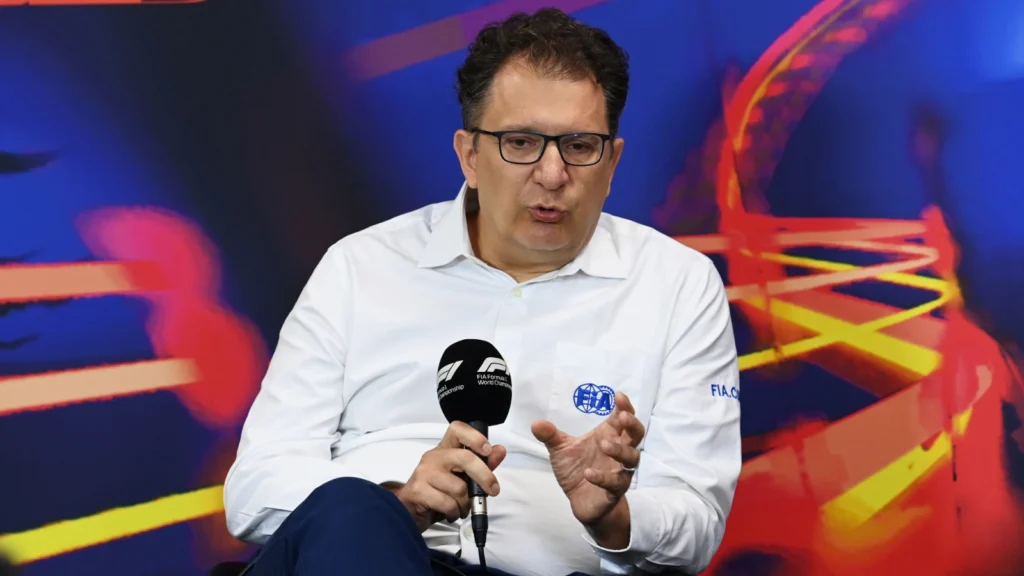
Tombazis keen to avoid an unnecessary F1 ‘chess game’
One of F1’s big changes is the removal of DRS, to be replaced by a system that resembles IndyCar’s ‘push to pass’ button.
The additional removal of some of the intricacies that aids the drivers is seen, from Tombazis’ perspective at least, a return to drivers having more “control” than before.
“We don’t want to overburden the driver with something,” he said. “But at the same time there has to be a degree of freedom, to make sure that he can attack, defend and have some of that stuff under his control.
“But there will for sure be some part of it which will be managed transparently to him, so he doesn’t have to think about it when cornering or something like that.”
Another huge aspect of the 2026 cars will be the constant energy conservation that will have to be at the forefront of the drivers’ minds all of the time.
Tombazis was keen to stress that he would like to see a somewhat happy medium between it playing a key part of a driver’s race, but not that it takes away the organic nature of the racing itself.
“I think there’s a balance to strike between driving like a chess game of energy management, which we don’t want as one extreme, and then the other extreme where driving is just a steering wheel, a throttle pedal and a brake pedal,” he said, adding: “We need to find a good way in the middle.”
On the topic of Albon’s previous statement of abusing the system, Tombazis believes that current F1 is already placed in such a way that drivers with the most intelligence will rise to the top.
“But I think smart drivers already prevail,” he said. “The difference in performance that we see nowadays in F1 includes a percentage of that,” he added, citing his times spent as an aerodynamicist with Michael Schumacher at both Benetton and Ferrari.
“And that’s not only now, the mental bandwidth of drivers has been a factor for the last 20 years already – also in the younger days of my career, when I was working with Schumacher for example.
“I mean, obviously he was phenomenally talented, but a big part of what set him apart was that he could also think of all these other things during a race.
“You know that amongst the current drivers there are some who seem to have a bit extra to think about other things as well, while some others have to use all their CPU to drive the car.”
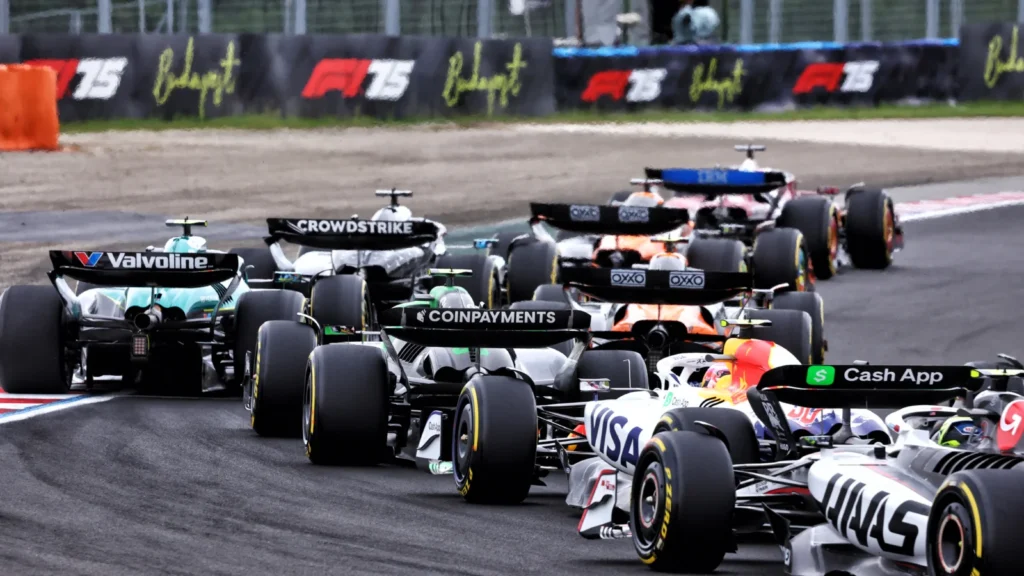
F1 drivers will need ‘understanding of the parameters’ of 2026 cars
Tombazis is trusting of the drivers’ mental capacity to deal with the challenges ahead, stating they “have quite a high bandwidth of intellect.
“They can deal with certain problems.”
Tombazis concluded that whilst there will be a new level of skills they will need to hone and develop, the 2026 cars will still show the wheat from the chaff by little more than the basic requirements of an F1 driver.
“There’s a level of understanding they need to have of these parameters,” he said.
“We think that’s part of what a top driver has to do. It’s not, however, and we will make sure it isn’t, the main skill.
“The main skill is still to be able to brake at the right point, to go fast around the corner, to find the limit, select the right lines, etc.
“That will still be the main parameter that controls who’s good and who’s bad. I wouldn’t be able to drive the car!”
READ MORE – How Aston Martin is preparing for the challenge of F1 2026

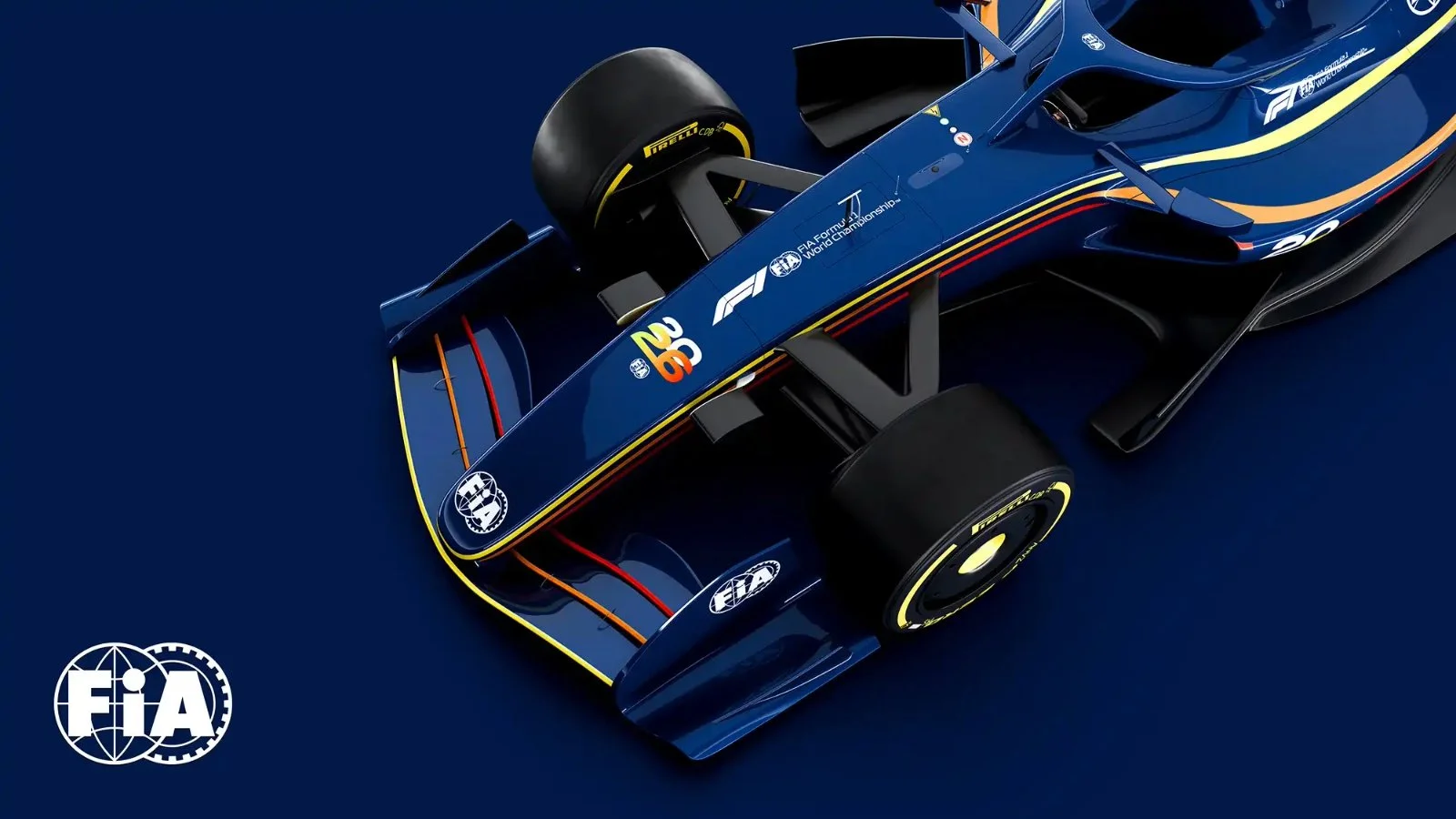


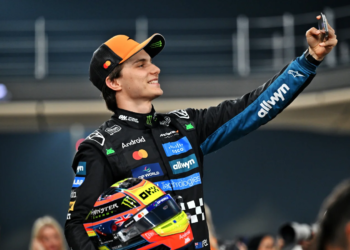
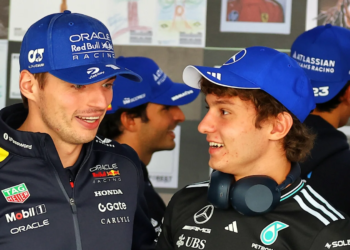
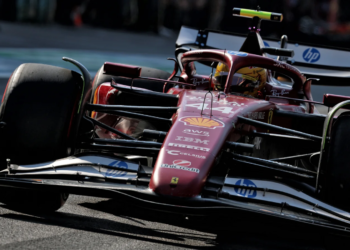
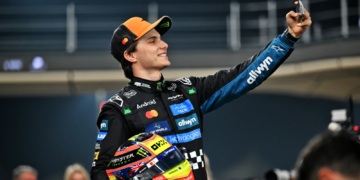
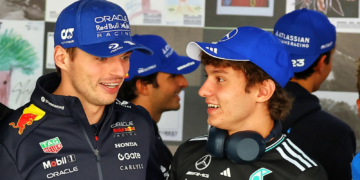
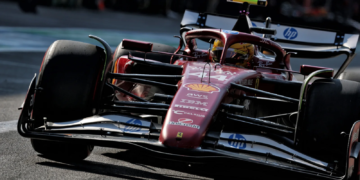
Discussion about this post